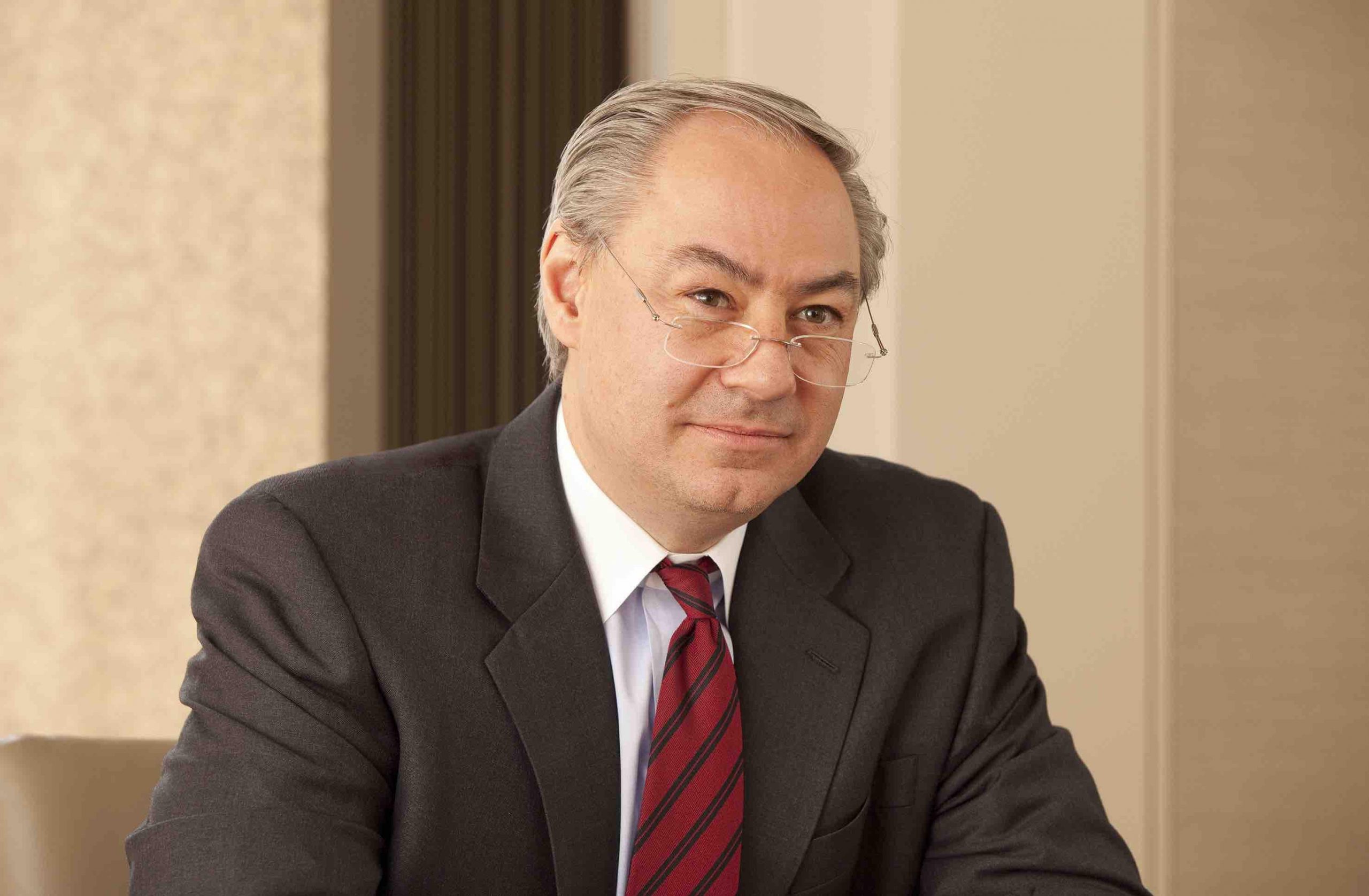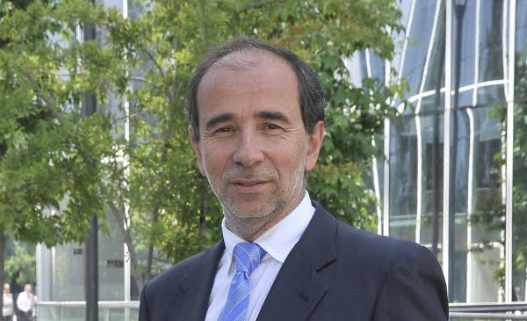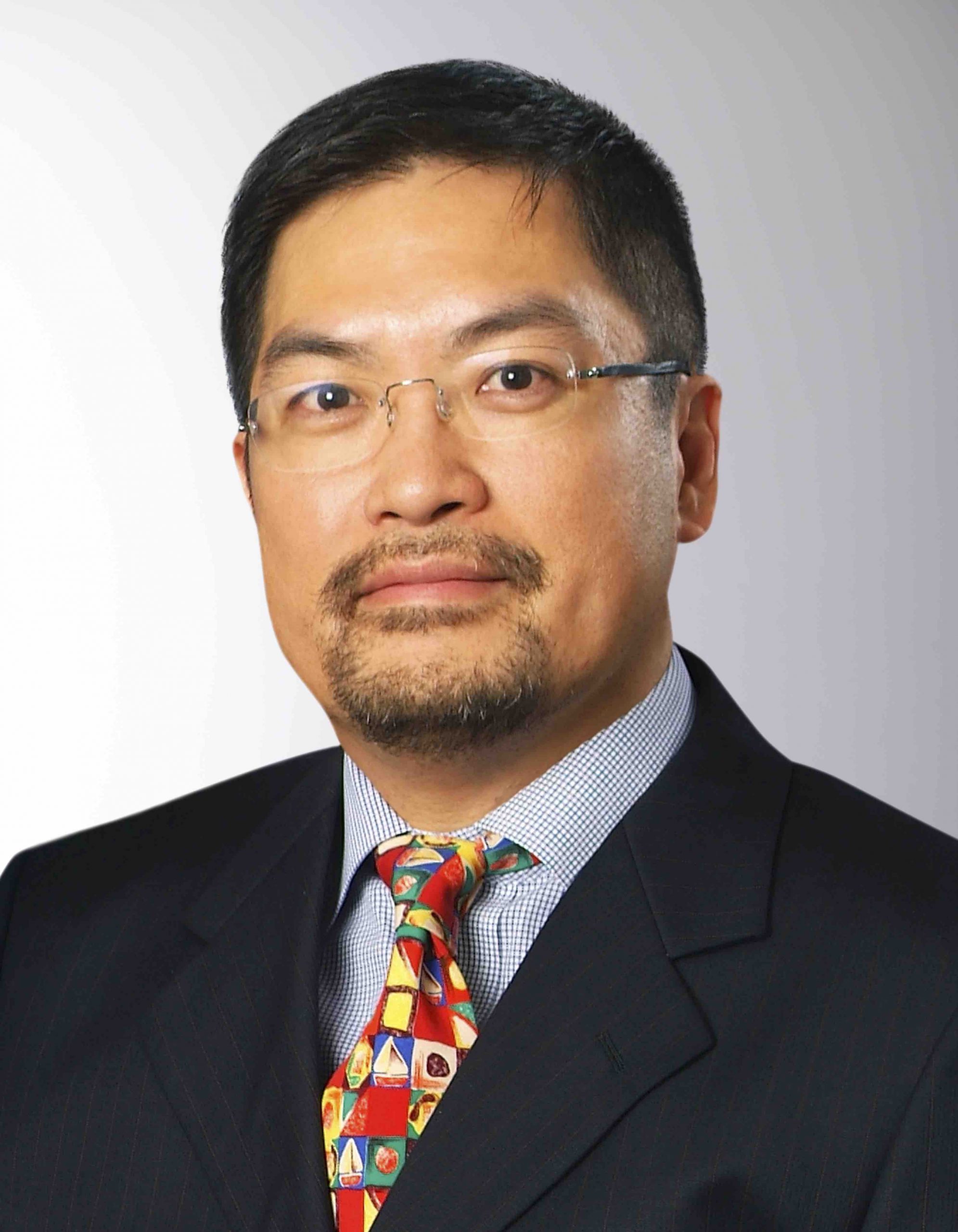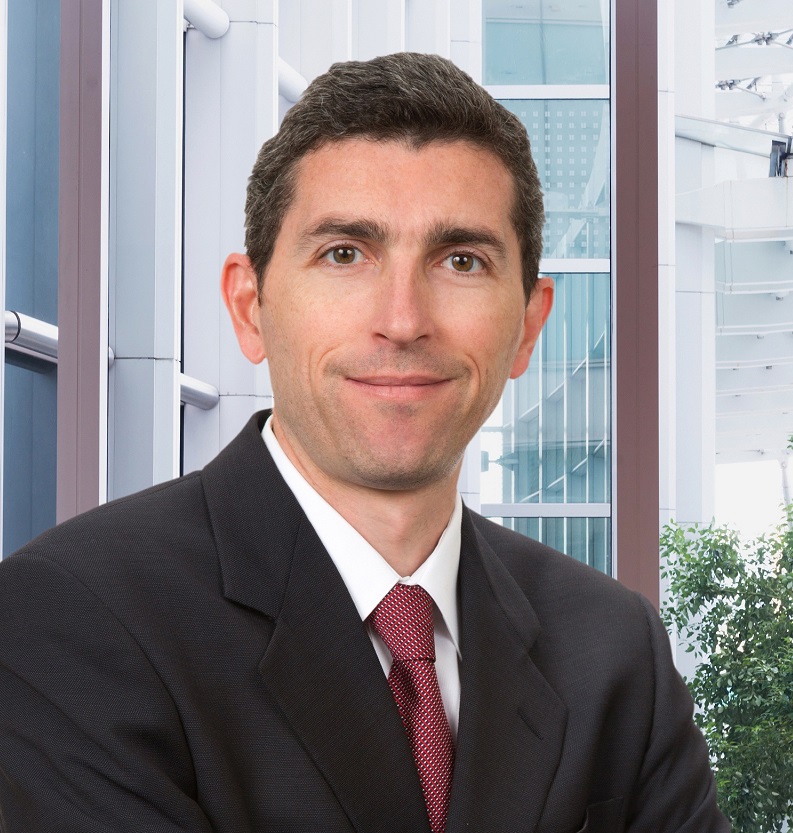“We are Underweight US Financials, but the Pending Deregulation Could be an Interesting Catalyst”
| By Alicia Miguel | 0 Comentarios

To avoid companies that are overvalued in a stock market such as the US, which since February 2009 has revalued 280%: is the goal of Grant Cambridge, fund manager at Capital Group, which explains in this interview with Funds Society its management keys. He says that this American strategy, which has recently been offered to European investors with the launch of its Luxembourg version, offers long-term returns through a fundamental analysis of companies. And that he is not afraid of the Fed, which he hopes will continue with his gradual upward path, and that it will remain as transparent as possible to avoid surprises.
1. The first thing which nowadays comes to my mind when speaking about US equities is high valuations. Do you agree? If not, or at least partially not, in which sector valuations are still attractive?
When I think about the US, I actually don´t necessarily think about high valuations. Although there are companies in the US which are getting a tremendous amount of attention that do have high valuations. That´s why it is important to think about diversification through a fund like ICA and avoid areas that are overvalued.
If I had to guess what the best industries were over the last twenty years, they are a highly diverse set of sectors. This is to show that I can find in all sectors companies that are attractively valued. But I can also find in all sectors companies that are not attractively valued. The real objective is to try to avoid the names which are overvalued.
Right now, a lot of attention is put on large tech companies and the top five stocks right now, in terms of market cap, are equal to the bottom 250 stocks. That speaks about how concentrated is the market. This fund can invest in growth, but also looks for growth and income. So we have the flexibility to invest in a company like Amazon, with no dividend income, but we also might invest in a company like Verizon, which has lower growth but a really attractive absolute yield, almost 5%. ICA provides a dividend yield of around 2.2%, which is better than the S&P 500. Most of the companies we have in the fund are domestically domiciled and we can invest up to 15% outside the US. However, we actually get our exposure through US companies that have revenues and earnings around the world.
2. Which factors could support the continuation of the rally in the stocks you have in your portfolio? Will it come from earnings, from economic growth or from Trump fiscal policies?
Just to put in perspective, since February 2009, the US equity market is up 280%. So I look for companies that have reasonable earning growth, with that you need fundamental analysis to make sure you have that fundamental growth. In other words, I´m worry about the macro, I mean I can worry on the top down, but I build the portfolio on a bottom-up basis. One company at a time. And all of the companies that we invest in are analyzed on fundamental basis. Many times we meet with the companies. Many of them we have met with the companies in their local activities around the world. So, we are doing a true global fundamental research. This gives us the confidence to invest in those companies for a long term period.
The turnover of ICA is around 25%. That means that 40% of the fund asset has been in companies we held of more than eight years.
3. Based on your long experience, would you say macro or fundamentals are more important in the performance of your portfolio? What do you need to find in a company to invest in it?
I look for ethical management. I look for reasonable valuations. I look for companies that have attractive capital allocation strategies and usually what it does mean is an orientation to return cash to shareholders through dividends or even better, dividends which are progressively growing over the time.
This fund is oriented towards larger caps companies. What we do is we think about the objective of this fund and we orient our investment universe towards that.
4. Are Fed rates hikes impacting on in any way in the equity market in general and in your portfolio in particular? What do you expect from the Fed? Will you implement any change in your portfolio accordingly?
For the Fed, I expect a continued measured pace of interest rates increases and I think up until now we have seen that. They have been increasing rates for the right reasons. The market has tolerated the increases in interest rates. And actually if you see interests rising for the right reasons is not a bad backdrop for equity markets. So I expect the Fed to continue to be measured, to be as transparent as possible and to not have any surprises.
If you go back to 1994-1995 time frame, rates gone up very rapidly, there were a lot of surprises and impacted both the fixed income and the equity market. Right now I see the Fed ´patrons being very transparent; they are trying to give as much indication of direction as possible.
In sum, I don´t expect interest rates to go up and up an up.
5. What are the keys for being able to protect investors’ capital in down markets? For instance, in the current environment, is it better to have a more defensive bias or a more aggressive one? Why?
We have already talked about this, but for us, the key is the diversification. In our Capital System we do not only apply diversification within the portfolio but we have diversification of styles. We have eight portfolio managers in this fund; we have a variety of styles. We have been able to find general defensive sectors which in weak market, these kinds of companies have hold up very well. Two of our larger sectors now are consumer staples and consumer discretionary, both of which are defensive sectors overall.
For us this not only diversification per se, is diversification but with convictions. We do not add companies just for the purpose of diversifying. Every single position in the portfolio is a conviction. Our investment process involves more than one decision maker. We have eight portfolio managers assigned to this fund and we also have a research portfolio, which is managed by the specialists or industry analysts. The industry analysts are looking for high conviction ideas. They only make a small number of decisions per year and when they invest, the portfolio managers who are in the fund will also co-invest. This process is very transparent, it is granted in trust, in communication and in collaboration.
6. Which sectors do you like the most from a fundamental standpoint? Which ones are you currently overweighting?
We are slightly overweight energy. As said before, consumer staples, energy and telecommunication companies we are overweight relative to the S&P benchmark. We are underweight financials.
7. Energy and financial sectors, which have been in trouble, are they an opportunity now?
Energy is a cyclical commodity and we have seen an ample amount of supply which offsets the demand. So, basically, as a result, the commodity has weakened. We don´t have a wide company view on oil. Each person has his own opinion. My opinion is it will take some time before the supply and demand comes back into balance. Demand has been fairly stable and supply has been ample. OPEC has shown they wanted to set a floor on price and the US is producing more energy, natural gas and oil than it has historically.
It was only a few years ago when we were worry about peak oil and we were discussing oil at $200 a barrel. So this goes to prove that this is a commodity cyclical and where there is more supply there is pressure on the commodity. One thing we are particularly interested in are the low cost providers and the companies that can earn their dividend thanks to this weakness of the commodity.
Concerning the financial sector, we have been underweight in ICA, there may be a general feeling that interest rates will be lower for longer and you really need interest rates to go up two-three hundred basis points to make a meaningful impact on earnings. So we haven´t had enough increase in interest rates to make a material impact to earnings. We also have a tremendous amount of regulation in the US and the new Trump Administration is talking a lot about deregulation and we will have to see whether or not it really ends up impacting, particularly the banks.
The discussion around the Trump Administration considering deregulation will be one that we will continue to watch because it could be an interesting catalyst after having a period in which regulation was put on the market since the financial crisis.
Deregulation is a theme which goes beyond the financial sector and that could impact a number of sectors. President Trump has talked about removing two regulations for everyone that is audited, that goes very broadly across the economy so we will have to wait and see which areas are most affected. We do a lot of research about regulation and right now it is too early to tell what could be his priorities. The financial regulation is one which seems to be a priority.
8. Why do you overweight large caps and underweight small caps? Does it help to the portfolio stability?
This is a conservative fund launched by our founder. This is a lower volatility, larger cap fund. We refer it as core fund which invests in seasoned companies; companies which stability and which are leaders, many of them, in their fields. They are liquid companies and most of them have an income as contribution to total return. CGICA’s 83-year average return of 12% has proved rewarding for long term investors.
In other words, this fund, because of its nature, has been relatively conservative and is currently overweight large caps. Around 10% of the fund is in mid caps today. We do not have any small cap in the fund. It does help with portfolio stability and it also contributes to have liquidity in the company we invest in. Besides, it gives you exposure to earnings and revenues around the world.
We are managing the fund with a longer term horizon and our approach to investing in larger caps, stable, seasoned companies, as said before, helps to maintain a stable portfolio. Small and mid caps can go through dramatic changes, some times in the short term, some times in the long term and larger caps tend to be more stable. It does not mean they not move around, but generally they provide stability.
9. Why active management and having a high active share are key factors when investing in US equities? How does it help to long term results?
We look to focus on fundamental research into companies and consider their long term future prospects -their weighting within the index is not a primary consideration.
When we are investing we almost rarely use the words index, underweight and overweight. In our vocabulary, in our day to day jobs, we are not using them. But when we are sitting with advisors, we can describe the fund using these words despite this is not the way we describe it in our meetings internally. In other words, we are aware about the benchmark but don´t use it as a way to build our portfolios.
Apart from that I would like to highlight that because of we are looking for companies with dividend characteristics, we are many times invested in the higher dividend quintiles and that is an area which gives the stability of the fund ´returns. It also provides downside protection in the event of a correction.
We tend to be in the upper quintile of our peer group for consistent risk-adjusted returns, but we are in the lower volatility category of our peer group. Actually, we are in the lowest quintile of volatility of our peer group. What is exactly what we want to do for our long term shareholders: provide superior returns with lower volatility. We must not forget our mission which is to improve people´s life through successful investing. It is important also to bear in mind the investment management is our only business. We are focus on the long term interest of our clients. Finally, I would like to remember another key feature of CG is that portfolio managers invest their own capital in the funds they are managing.
10. Finally, is the Luxembourg strategy being well received in Europe? What does it strategy offer to European investors?
Yes. It provides to European investors the same thing we have been providing to US investors for 83 years. It provides long term investment returns through fundamental analysis of companies.
Now European investors can access to one of the most successful strategies and it represents what they are looking for a US equity fund: it is a conservative, first quartile, low volatility, easy to understand fund. And more than proved, with 83 year track record.










